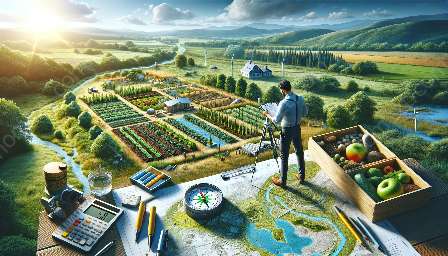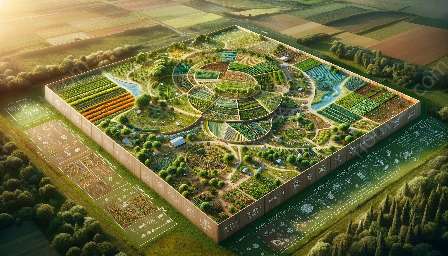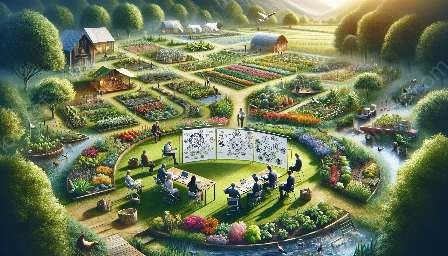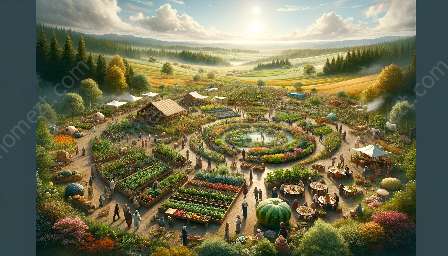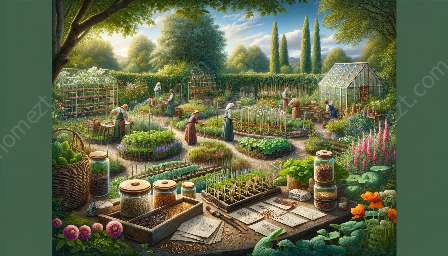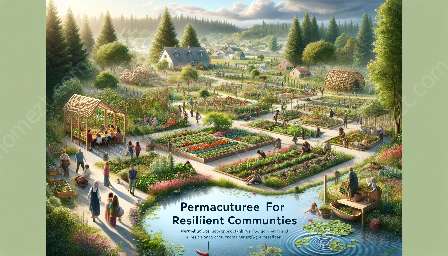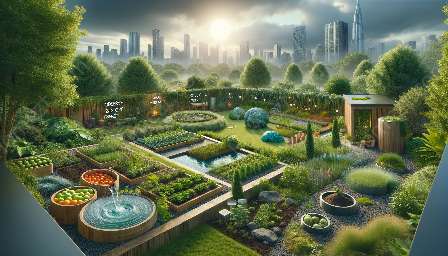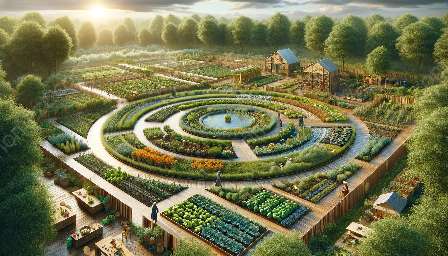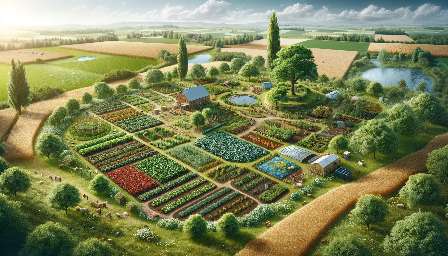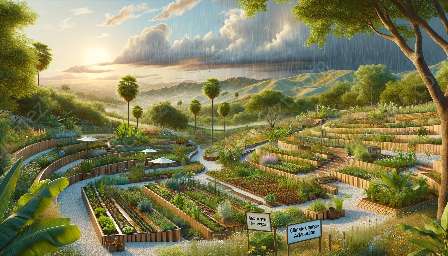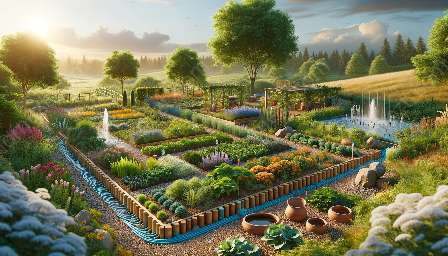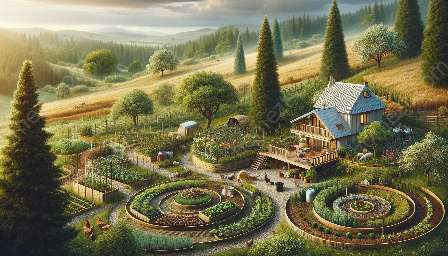Integrated Pest Management (IPM) is a sustainable approach to managing pests that emphasizes natural and eco-friendly practices. It is compatible with permaculture, gardening, and landscaping principles, as it seeks to minimize environmental impact while promoting healthy and productive ecosystems.
What is Integrated Pest Management (IPM)?
IPM is a holistic strategy that focuses on long-term prevention of pests through a combination of techniques such as biological control, habitat manipulation, and the use of resistant varieties. It aims to reduce reliance on chemical pesticides and instead considers the ecosystem as a whole, taking into account the interactions between plants, pests, and beneficial organisms.
Compatibility with Permaculture
Permaculture, which emphasizes sustainable and self-sufficient living, aligns well with the principles of IPM. Both approaches prioritize natural solutions and aim to work in harmony with nature rather than against it. In permaculture, IPM techniques can be integrated into the design of polyculture plantings, crop rotations, and diverse habitats to encourage natural pest control mechanisms.
Benefits of IPM in Gardening and Landscaping
In gardening and landscaping, IPM offers several advantages. By minimizing the use of synthetic pesticides, it helps protect the health of plants, soil, water, and beneficial organisms such as pollinators. Furthermore, IPM promotes biodiversity and resilience within the ecosystem, contributing to a more balanced and vibrant environment.
Implementing IPM in Your Garden
When practicing IPM in gardening, it's important to start with prevention. This can be achieved through strategies like proper plant selection, soil health management, and regular monitoring for pest populations. If pest issues arise, IPM encourages non-toxic methods like hand-picking, beneficial insect releases, and cultural practices.
IPM in Landscape Design
For landscaping, IPM considerations can be integrated into the design process. For example, selecting native plant species that are naturally resistant to local pests can reduce the need for interventions. Additionally, incorporating diverse plantings and creating habitats for beneficial insects can help maintain a healthy balance within the landscape.
Conclusion
Integrated Pest Management is an essential component of sustainable gardening, permaculture, and landscaping. By understanding and implementing IPM techniques, individuals can create thriving environments that support the natural control of pests while minimizing the use of harmful chemicals.




